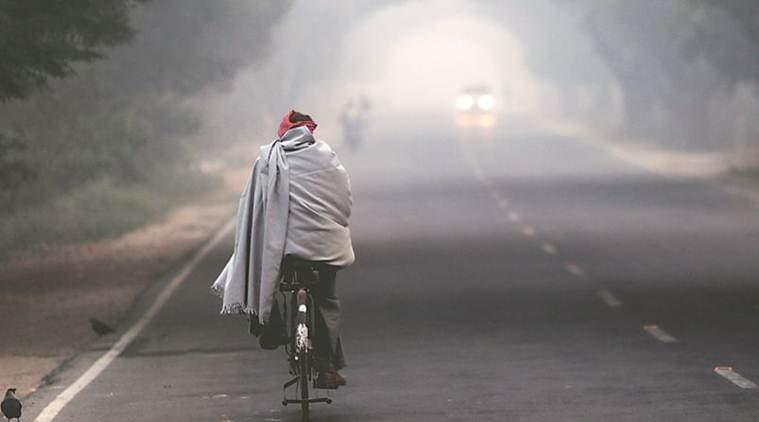The thing about air
The pollution problem is not merely a technological issue, but a social concern.

Air pollution is a silent killer in India, especially in the country’s northern belt. Eighteen per cent of the world’s population lives in India, but the country bears 26 per cent of the global disease burden due to air pollution. According to estimates of the India State-Level Disease Burden Initiative — published last year in Lancet Planetary Health — over half the 12.4 lakh deaths in India attributed to air pollution in 2017 were of individuals under the age of 70. The average life expectancy in the country could be 1.7 years higher, if air pollution is contained at a level at which human health isn’t harmed.
However, policy and civil society responses to air pollution have been limited and delayed. It was only in January that the Ministry of Environment, Forest and Climate Change revamped the National Clean Air Programme (NCAP) to make it the country’s first overarching policy framework on air quality. A few days before the programme’s launch, Bloomberg Philanthropies and The Energy and Resources Institute (TERI) came forward to provide technical assistance to the government for implementing the NCAP by an emission inventory database. The two institutes would also cooperate with the government in identifying sources of pollution and tracking emissions in order to help it realise the target of reducing particulate matter by 20-30 per cent in the next five years. Time will tell if such techno-centric initiatives bring about ground-level changes — or become interim solutions.
Globally, there have been several technological breakthroughs in evaluating and improving air quality. In India too, researchers, entrepreneurs and environmentalists have voiced the need for devices such as sensor-based monitors, air purifiers and smog towers. The use of mass spectrometers has been advocated to identify volatile substances that pollute air. However, there is a flip side to the use of such gadgets. Their increasing use might improve air quality. But their energy footfall is likely to offset recent gains in energy efficiency.
Air pollution is not a local issue that can be resolved by using household gadgets or placing devices at a few places. It is a nationwide concern that requires systemic measures, long-term planning, stringent action against those violating emission laws and standards. India lacks auditors who can enforce these standards. The country also requires inter-departmental coordination, continuous monitoring, appropriate warning systems and adequate protocols for assessment of air quality.
Seen from such a perspective, the increasing use of gadgets like air purifiers by a certain section of people becomes problematic. These devices consume energy, require constant maintenance and constitute a lopsided and expensive answer to the air pollution problem. Studies have shown that many types of air purifiers used in households, offices and commercial set-ups do not actually improve the air quality in their surrounding environment. For instance, certain types of air purifiers do not remove chemicals or gases. Ionisers have limited utility against harmful particles and activated carbon filters — amongst the most popular air purifying devices — are not effective against particulate matter and allergens. Electrostatic filters are not effective in large rooms and ozone purifiers are known to trigger asthma attacks. Our attempts to control the environment throw up new problems. It is high time we recognise that air pollution will not go away if we continue to see it as a problem of only the affluent sections of society.
It is also high time we recognise that air pollution problem is not merely a technological issue, but a social concern. Besides emphasising on clean energy devices, energy efficiency technologies, dust control mechanisms and clean transport facilities, the government must be alive to the concerns of the people whose livelihoods are affected when polluting industries are banned. The improvement in the quality of lives of the rich and middle classes should not be at the cost of the poor. This perspective now informs the air pollution management programmes of several countries. Some states of the US, Singapore and China, for instance, have come out with citizen-friendly remedies that emphasise dust management, soil conservation and ecological restoration. Long-term solutions to address air pollution require political will. Addressing air pollution is a human concern. Regulation and technological solutions should not lose sight of this perspective.
(The writer an associate professor of sociology at Maitreyi College, Delhi University is a health and development social scientist)






































No hay comentarios:
Publicar un comentario